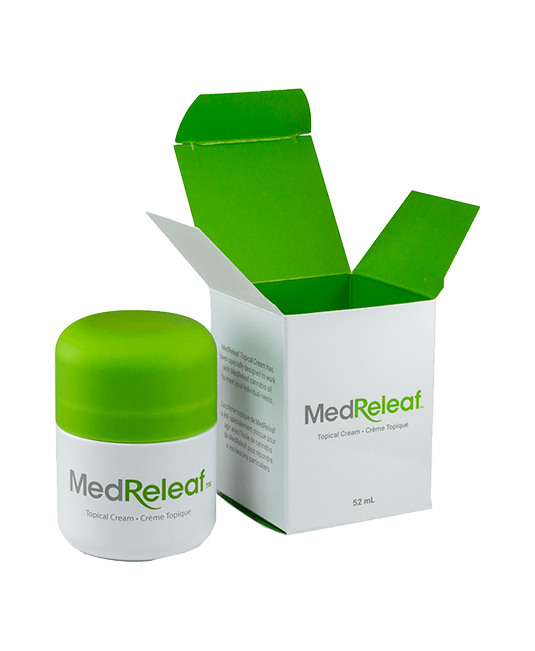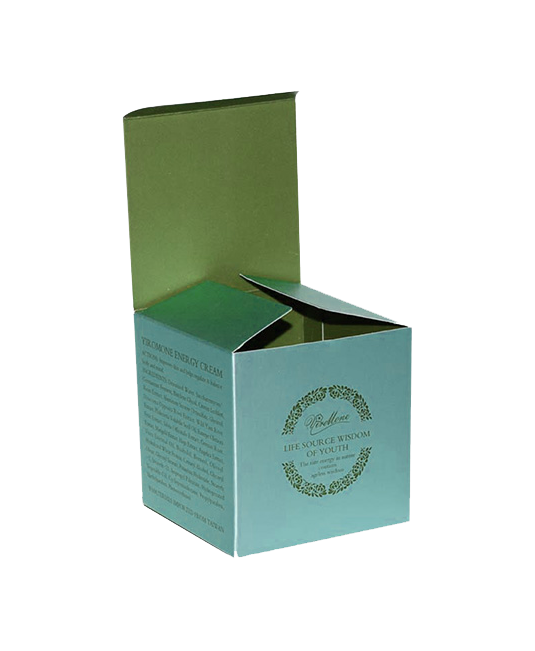Cannabis is currently being legalized through the United States. More and more cannabis products are being produced and sold.
How to make a thriving industry more resilient?
The biggest problem he creates is the oceans of the planets. A study published in Science estimates that 4.8 to 12.7 million tons of plastic packaging waste end up in the oceans each year. The problem is that cannabis packaging is already costly because it must be childproof, properly labeled and cost-effective because the products themselves are often inexpensive. Several brands are leading the way in using alternatives to plastic packaging, including glass, cardboard, metal foil laminates and even hemp based materials.
Many manufacturers have switched to Foil Vacuum Printing Bags but even these are still expensive and need to be recycled. A packaging company has even created a new line that uses plastic from the ocean. This innovative new project is the first of its kind and could help answer the question of how to create sustainable packaging for the cannabis industry detox centers in south florida.
We need a change!

Hemp and the environment have long been closely linked. Cannabis consumption can often encourage users to interact with nature through outdoor activities, walking or meditating outdoors. We need to become more aware of the impact of our actions on the planet and ecosystem. Cannabis inspires this. It’s no secret that the legalization of cannabis came faster than many expected. Could this growth leave the environment? This is why the right options for CBD Packaging needs to be open.
This is food for thought.
Moreover, when you consider that 6 of the legitimate hemp states of 10 border on the ocean!
Cannabis growers must find a sustainable way to do business.
The legalization of marijuana and the formation of a separate branch of the economy associated with its production is a complex and multifaceted process. Starting his “hemp” business, an entrepreneur must carefully think over everything to the smallest detail – right down to the packaging of the finished product.
Evolution of cannabis packages
The provision of complementary materials for cannabis production buy weed online toronto has improved significantly in recent years. Along with high-tech equipment for growing plants and efficient fertilizers, new packaging has appeared which makes it possible to better preserve the properties of marijuana for a long time. This is primarily due to the trend towards the legalization of medical and recreational cannabis, which today has spread not only to individual countries and states of the United States, but the whole world. Traditional “sandwich bags”, whose main markets were housewives (mothers of schoolchildren) and street weed vendors since the 1960s, are no longer relevant. And while sandwich baggie has been a staple of drug dealers for decades, cannabis packaging is evolving like any other everyday commodity. Leading manufacturers (both legal and clandestine) are phasing out the zipper bag in favor of more modern packaging.

It is expected that in the next few years the obsolete “Ziplock” will be completely replaced from the market (at least from the US). After all, the street (illegal) trade in marijuana is slowly but surely becoming the property of history. As legalization progresses, cannabis connoisseurs will not only ditch the huckster’s services in favor of licensed stores, but are likely to replace their usual “sandwich bags” with new, high-quality, convenient packaging.
Create innovation based on personal experience
The Stink Sack special cannabis packaging is the first innovation in the field. Since 2010, Stink Sack has been designing and manufacturing pouches to resist the smell of even the most aromatic marijuana strains. The developers also made sure that the product inside the bag was out of reach of children. These characteristics make Stink Sack optimal for the recreational marijuana industry.
Stink Sack Cannabis Packaging
The founder of a company from New York. Kirsch acknowledges that the usual zipper bags are versatile and affordable (which explains their long-term popularity as cannabis containers). However, initially such packaging was not intended for use in the cannabis industry, therefore, during its development, some specific features of the packaged product were not (and could not be) taken into account.